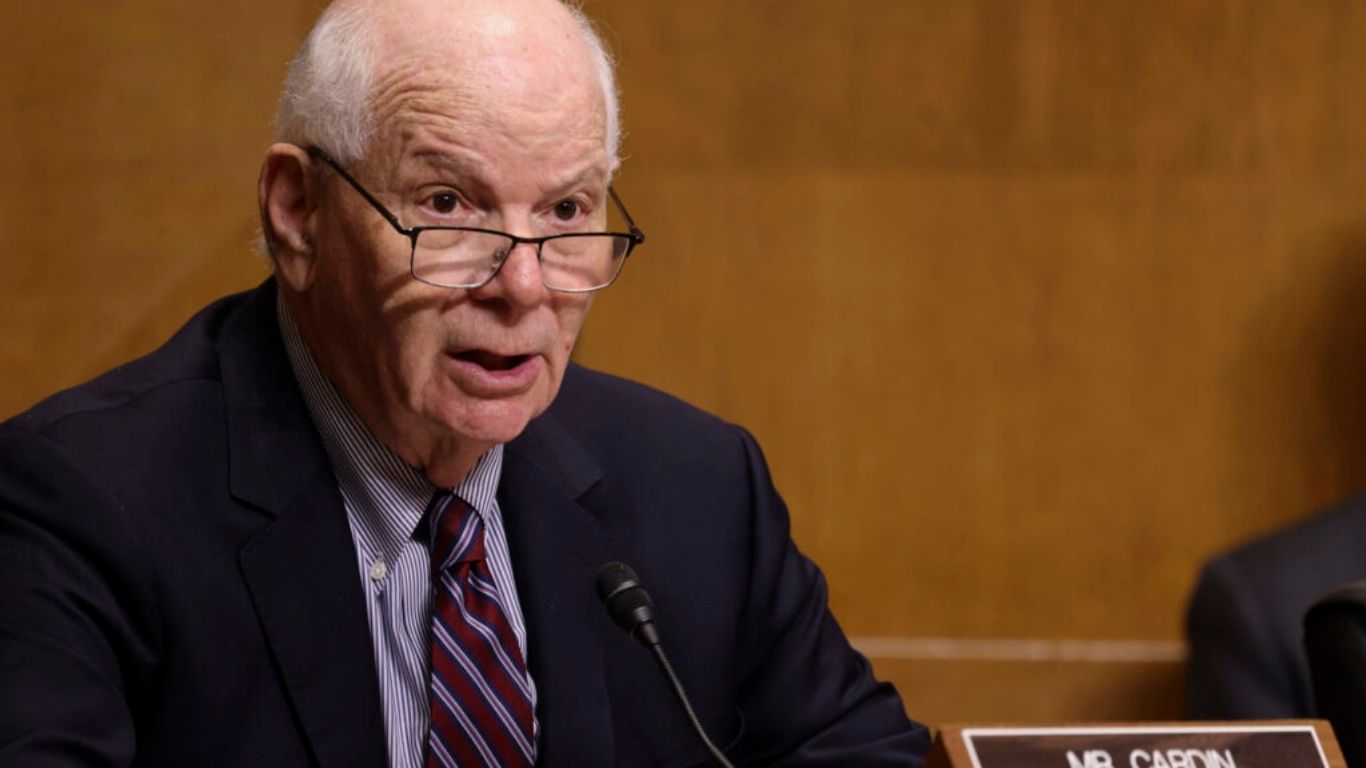It’s happening. Starting April 3, the U.S. government will slap a 25% tariff on all imported cars. And as if that wasn’t enough, another 25% tariff on foreign-made car parts will follow shortly. The result? An industry-wide economic earthquake that no one—except maybe a handful of politicians—asked for.
The Fantasy vs. Reality of Trump’s Plan
In Donald Trump’s perfect world, these tariffs would bring automakers back to U.S. soil. Jobs would bloom, factories would hum, and America would finally be “great again.” But according to automotive analysts, this vision is about as realistic as expecting a discount at a car dealership when you ask politely.
Even if automakers did decide to shift production to the U.S., the cost of building cars would skyrocket. Labor is more expensive here, regulations are stricter, and raw materials don’t just magically appear out of thin air.
The Metal Problem: Steel, Aluminum, and Now Copper
Tariffs on imported cars aren’t the only financial landmine here. Trump has already imposed 25% tariffs on steel and aluminum, and he’s itching to do the same with copper. Since all three are critical materials for making cars, automakers are looking at double the financial pain—higher costs for materials on top of the already painful car tariffs.
How Much Will Your Next Car Cost? Brace Yourself.
According to Goldman Sachs, prices per vehicle could surge by anywhere from $5,000 to $15,000, depending on the make and model. In other words, a car that currently costs $30,000 could easily push past $40,000.
What does this mean for the average American? Either they’ll be stuck driving their old car until it falls apart—or they’ll be drowning in debt just to afford a new one. And for those who think they can just buy used? Well, when new car prices jump, used cars follow.
The North American Auto Industry: A Borderless Machine
For decades, the auto industry in North America has functioned like a well-oiled machine—thanks to free trade agreements that allowed cars and parts to flow seamlessly across borders. That’s why Mexico, not Japan or Germany, was the top exporter of cars to the U.S. last year.
The idea that American automakers could suddenly cut ties with global suppliers and build cars using only U.S.-made parts is pure fiction. There is no car on the market today that is 100% American-made—because that’s simply not how global supply chains work.
What Happens to Existing Trade Agreements?
For now, imported cars that meet the United States-Mexico-Canada Agreement (USMCA) standards will temporarily escape these tariffs. But there’s a catch: once U.S. Customs and Border Protection sets up its system to track non-U.S. parts, those exemptions could vanish.
Who Really Pays the Price?
Tariffs might sound like a tax on foreign companies, but let’s be clear: it’s American consumers who will foot the bill. Higher prices, fewer choices, and potential job losses in industries that depend on affordable auto production—this is the real cost of the trade war.
So, if you’re in the market for a car, prepare for sticker shock. And if you’re an auto worker hoping for a job boom? Don’t hold your breath. Because history tells us one thing: tariffs rarely help the people they claim to protect.




